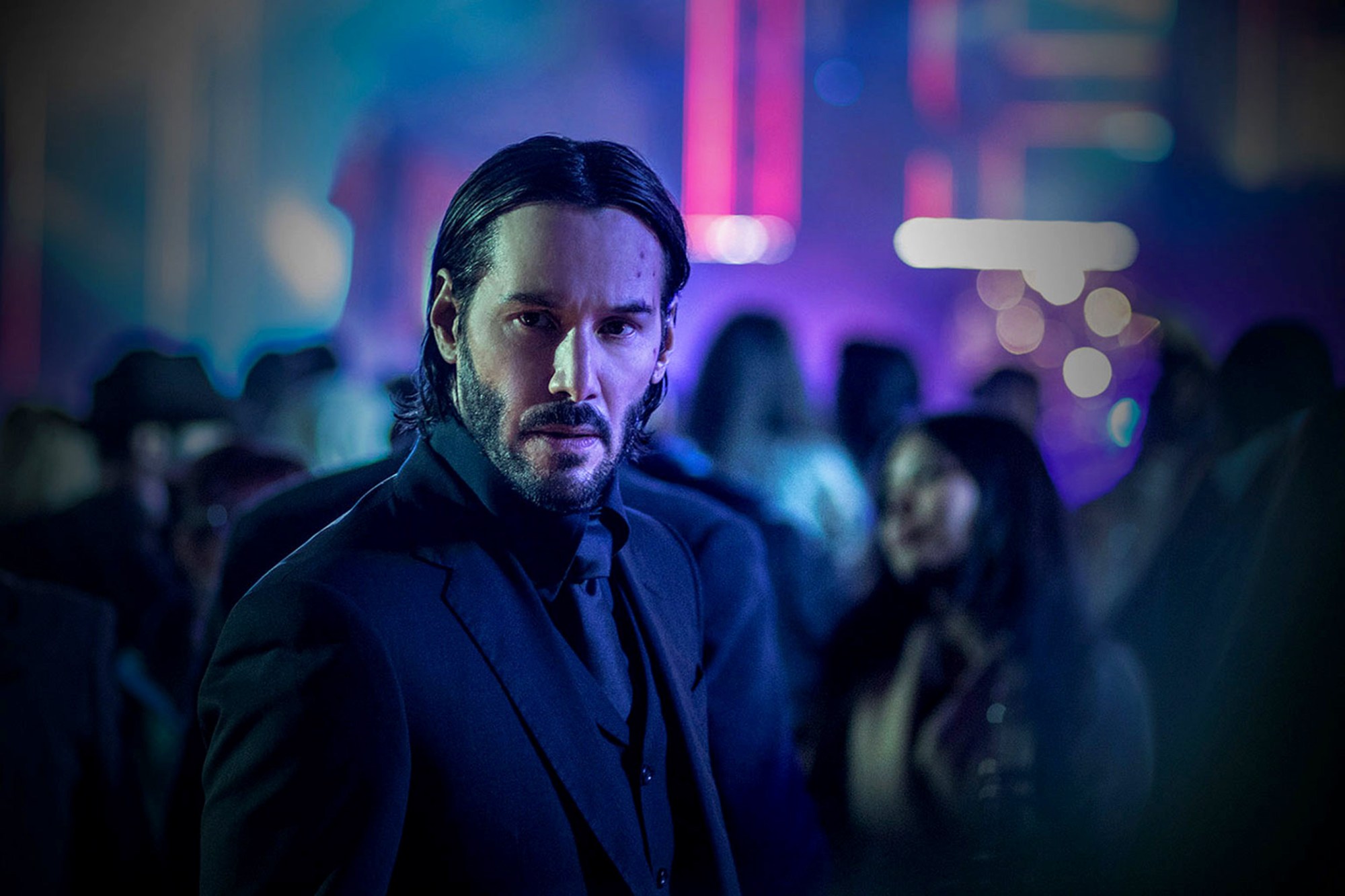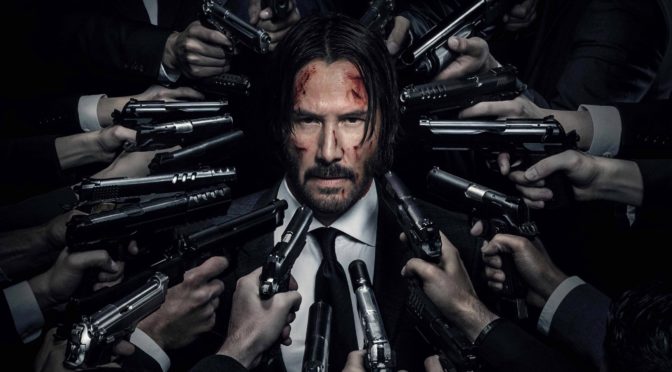When the first John Wick came out the consensus reaction was “Keanu Reeves is in a good movie?”. This time it should be “Keanu Reeves is in a good sequel???”. After killing his way through hordes of gangsters and their security guards to avenge the death of his puppy in the first film, John Wick: Chapter 2 opens with Wick violently taking back his beloved car. He returns home planning on resuming his retirement only to be greeted by a former colleague. An Italian gangster, Silvio D’Antonio (Riccardo Scamarcio), wants a debt repaid. Years ago, in order to complete his final task for retirement, Wick swore a blood oath in exchange for help. Now D’Antonio wants him to kill someone to return the favor. Bound by the laws of their society, Wick has to comply which causes a fallout and leads to a $7 million bounty being placed on his head.
The film is surprisingly slow to begin. The explanation of the plot is somewhat force-fed to the audience and is a blatantly retroactive addition to his story made to fuel the sequel the filmmakers never expected to have the chance to make. Even after the setup is made clear, Wick spends what feels like an inordinate amount of time trying to figure out if he can get out of his oath. The actual running time of this section may not be long, but it certainly felt that way. Fortunately, after he decides to take the job, the film quickly kicks into high gear and never slows down.

John Wick: Chapter 2 may be the best adaptation of the Hitman video game series ever made (let’s ignore the two official adaptations, everyone else has). As John has to take out a target or escape from other criminals trying to do the same to him, the film, like the games, always emphasizes the scale of its settings. John wades through a crowded concert, sneaks through a busy subway station, and even nonchalantly strolls through a building while exchanging fire from suppressed pistols without alerting the regular people around him. Imagine the scale of the club scene from the original carried into almost every encounter. This allows the scenarios to continually feel fresh and keeps the tension high, despite the fact they are on paper very similar. The best comparison is The Raid 2, another sequel to a great action film that uses its increased budget to bolster the scope of its violence.
The frequent scuffles may stretch belief, but they are endlessly entertaining. Wick uses his trademark “gun-fu” as he melees and headshots his way through any opposition. Director Chad Stahelski’s background as a stuntman and stunt coordinator shows as combat is flawlessly executed. Reeves makes for an imposing presence and even the ridiculous body count seems acceptable. Wick’s nickname of the boogeyman is fully earned as his methodical precision trumps his opponents. The best part of Reeves’s performance is not that he is believable during the action, but that he also adds personality to Wick’s fighting. Wick isn’t Arnold Schwarzenegger holding a minigun and happily dishing out bullets. No, he is the master fighter who is weary of his profession. Wick’s desire to escape his trade is palpable as he sighs and wipes his brow after each brawl. John Wick: Chapter 2 is the chaotic, beautifully choreographed violence we’ve all been waiting for. For the sake of action movie fans everywhere, let’s hope he stays out of retirement long enough for a third movie.

4/5 stars.


